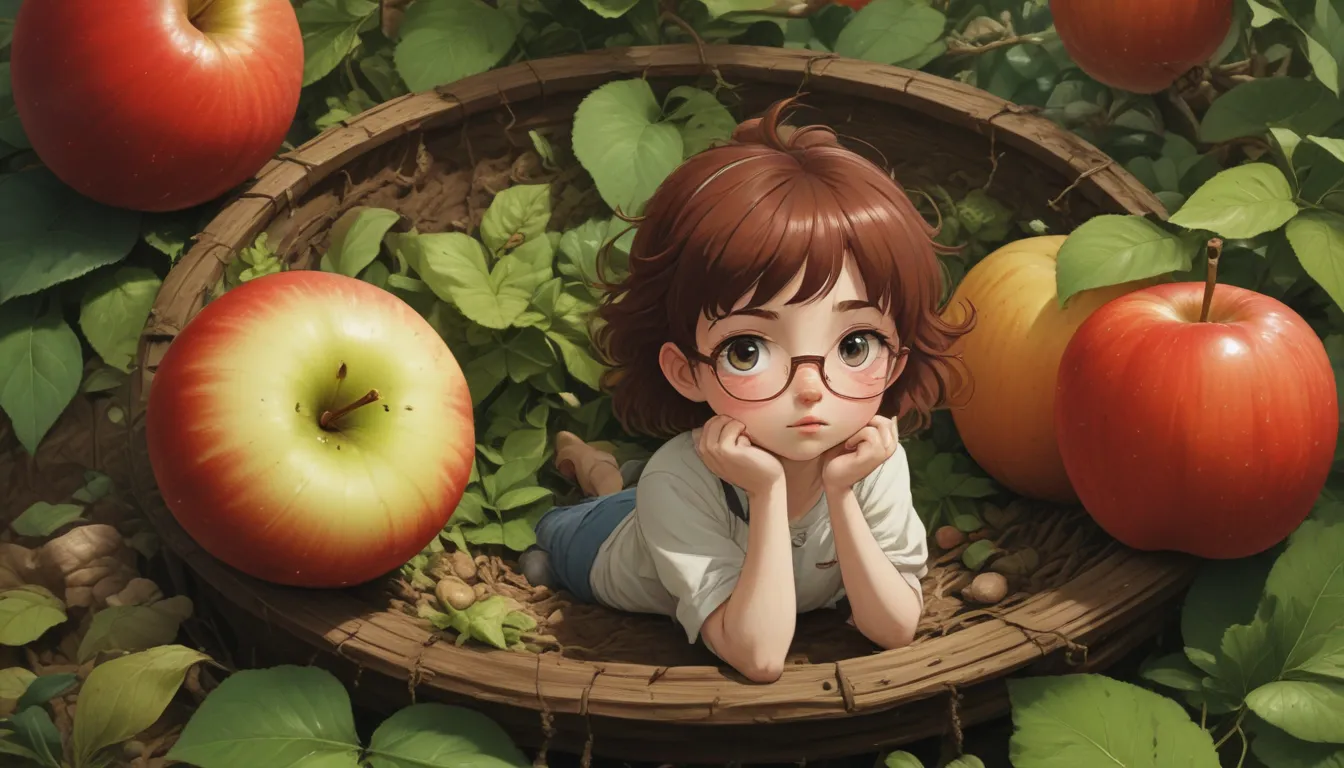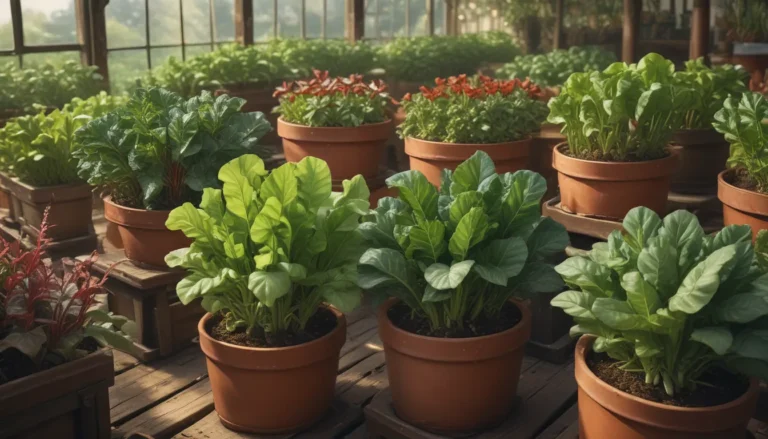How to Identify and Control Apple Maggots

If you’re a gardener who loves growing fruits like apples, the last thing you want to find in your harvest is the unwelcome sight of apple maggots. These pesky insects can ruin your produce before you even get a chance to enjoy it. But fear not, there are ways to tackle this problem head-on and protect your orchard fruits from these invasive pests.
In this detailed guide, we’ll delve into everything you need to know about apple maggots, from their identification to effective control methods that you can implement in your own garden. So let’s get started and take a closer look at these notorious pests.
What You’ll Learn
Here’s a preview of what we’ll cover in this comprehensive guide:
- What Are Apple Maggots?
- How to Identify Apple Maggots
- Understanding the Biology and Life Cycle of Apple Maggots
- Monitoring Techniques for Apple Maggots
- Organic Control Methods for Apple Maggots
Now let’s dive into the fascinating world of these tiny yet troublesome creatures!
What Are Apple Maggots?
Apple maggots are a significant threat to various fruit trees, including apples, crabapples, pears, plums, cherries, and cotoneaster plants. Originating from the eastern United States and Canada, these pests have spread across North America and pose a serious risk to orchard fruits.
One telltale sign of apple maggot infestation is the presence of a dimple on the fruit where the eggs were laid. As the larvae feed inside the fruit, it can lead to deformation, discoloration, and overall spoilage of the produce.
It’s essential to note that apple maggots can be mistaken for other pests, such as codling moth larvae. While they may look similar, distinct differences in their appearance and feeding habits can help you differentiate between the two.
Identification
Identifying apple maggots can be crucial in implementing control measures effectively. These white, legless maggots with dark mouth hooks can grow up to eight millimeters in length. Additionally, the adult flies, resembling quarter-inch-long house flies with unique markings, play a key role in the infestation cycle.
By understanding the physical characteristics of apple maggots at different life stages, you can better equip yourself to combat these invasive pests in your orchard.
Biology and Life Cycle
The life cycle of apple maggots involves pupae overwintering near host plants, with adults emerging in the summer to seek out ripening fruit for egg laying. Understanding this cycle can help you monitor and manage infestations more effectively.
Monitoring the presence of apple maggots through innovative techniques such as sticky traps can provide valuable insights into the extent of the infestation. By setting up these traps strategically and checking them regularly, you can stay ahead of potential damage to your fruit trees.
Organic Control Methods
When it comes to controlling apple maggots organically, a combination of cultural, physical, and biological methods can be highly effective. Trapping adults with specialized traps and using physical barriers like plastic bags can help reduce egg laying and larval infestations.
Biological controls may not be as effective against apple maggots due to the hidden nature of the larvae inside the fruit. However, organic pesticides like spinosad can be applied to foliage to suppress adult populations while minimizing harm to beneficial insects.
Conclusion: Protecting Your Apple Harvest
In conclusion, tackling apple maggots requires a proactive approach that combines monitoring, identification, and targeted control methods. By understanding the biology and behavior of these pests, you can implement effective strategies to safeguard your fruit harvest from infestations.
Whether you’re a seasoned orchardist or a backyard gardener, taking steps to control apple maggots can ensure a bountiful harvest free from unwanted pests. So arm yourself with the knowledge and tools needed to protect your apples and enjoy the fruits of your labor without any unwelcome surprises.
Remember, the fight against apple maggots is a continuous battle, but with the right strategies in place, you can protect your orchard fruits and savor the delicious flavors of homegrown apples for years to come.





